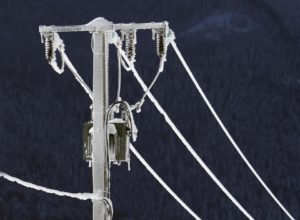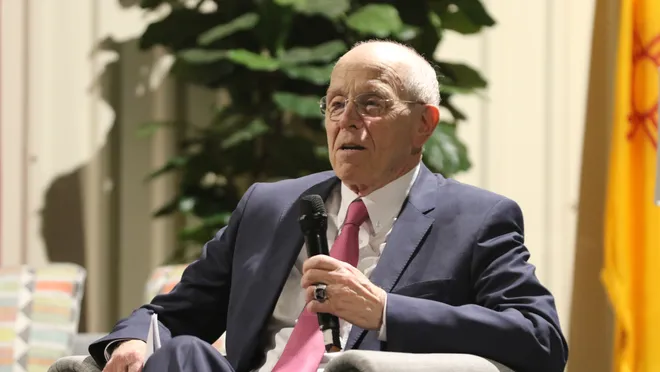 Everyone wants clean energy, but reliability is what really counts in a crisis. As renewably sourced energy captures a larger share of the power grid, outages become inevitable.
Everyone wants clean energy, but reliability is what really counts in a crisis. As renewably sourced energy captures a larger share of the power grid, outages become inevitable.
Renewable energy is great, but it just can’t compete with traditional sources. Texas just became the poster child for the consequences of change that happens too rapidly.
Take wind power as an example; just ten years ago wind power accounted for under ten percent of electricity production in Texas. Now its share is approaching 25 percent, which seemed like a good thing until the current record breaking arctic blast came along. Freezing rain ahead of plunging temperatures has literally frozen some wind turbines solid, meaning there isn’t enough electricity being produced at the very time when it’s needed the most. Incidental reports coming out of Texas indicate that as many as half of Texan wind turbines may have been rendered temporarily inoperable by icy weather.
This is the problem with renewable energy; it isn’t always there when the going gets tough. The ramifications of changing our current electric grid from carbon and nuclear based sources to wind, solar and other more environmentally and politically correct sources are not esoteric; they are real, consequential, and life threatening.
The Biden administration and its allies need to take notice of what’s currently happening in Texas – and elsewhere – as they bulldoze their new climate policy agenda across all levels of the economy. It’s not necessarily the new policies that promote renewable energy sources and punish traditional carbon based sources that could be dangerous – it’s the pace at which those policies are implemented that will matter most to public safety and the reliability of our energy sources.
The events happening right now in Texas illustrate the importance of a well rounded, multi sourced energy infrastructure that’s built out slowly, methodically, and intelligently with multiple redundancies in anticipation of extreme events. Wind turbines don’t always work, the sun doesn’t always shine, oil and gas production can be affected by weather extremes, and nuclear power plants can go down. Nothing is fail-safe, but more traditional sources of energy currently have a leg up on renewables because the infrastructure is “hardened” and pervasive, old school energy sources were here first, plain and simple.
Will renewable sources become as reliable as traditional sources? Of course they will, but it will take time, money and the development of new technologies (think giant battery fields and other new things) to make it so. Changes of this magnitude simply can’t be rushed.
In the meantime, the lives lost and damage done to infrastructure due to power outages right now need to be considered at the forefront – not as an aside or afterthought – of any new green energy policy put forth in Washington and elsewhere.




0 Comments